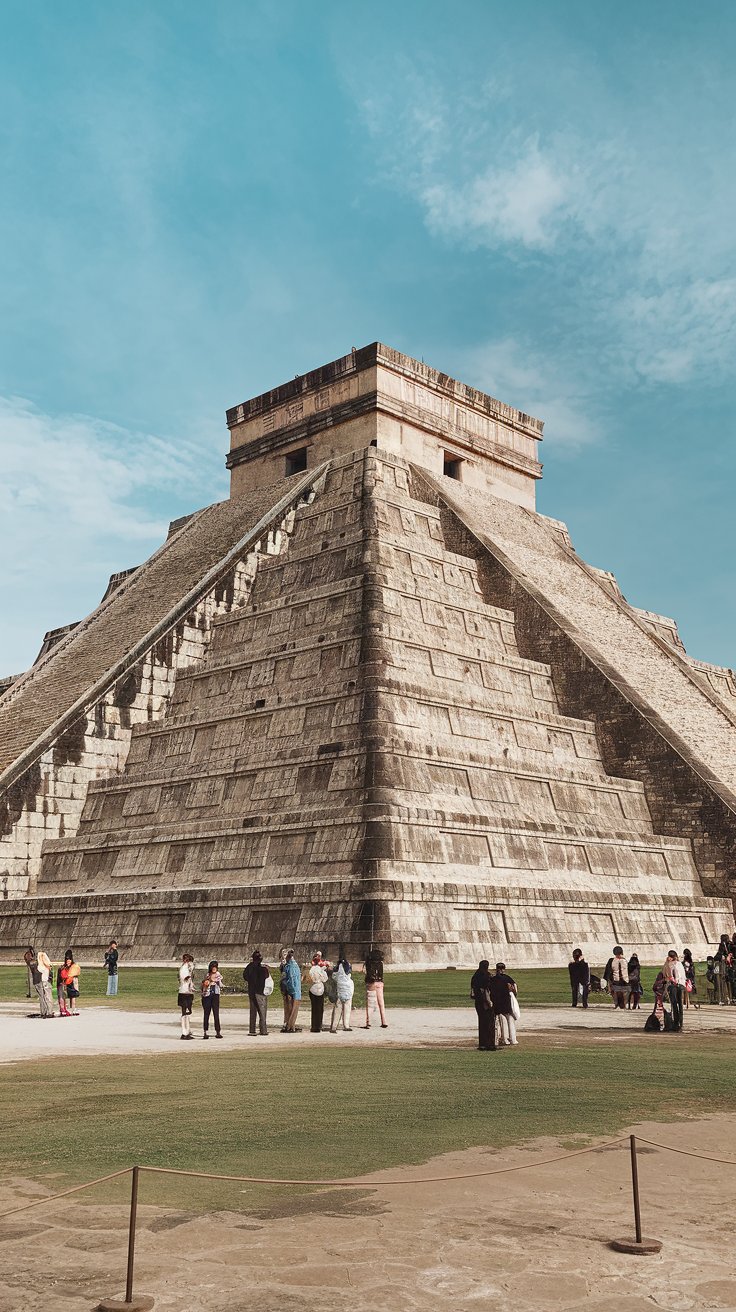Few places in the world capture the imagination like Chichen Itza. Recognized as one of the New Seven Wonders of the World, this ancient Mayan city stands as a testament to a civilization that once ruled vast parts of Mesoamerica. A visit here is an absolute must for anyone traveling through Mexico, and for me, it was a long-anticipated dream come true.
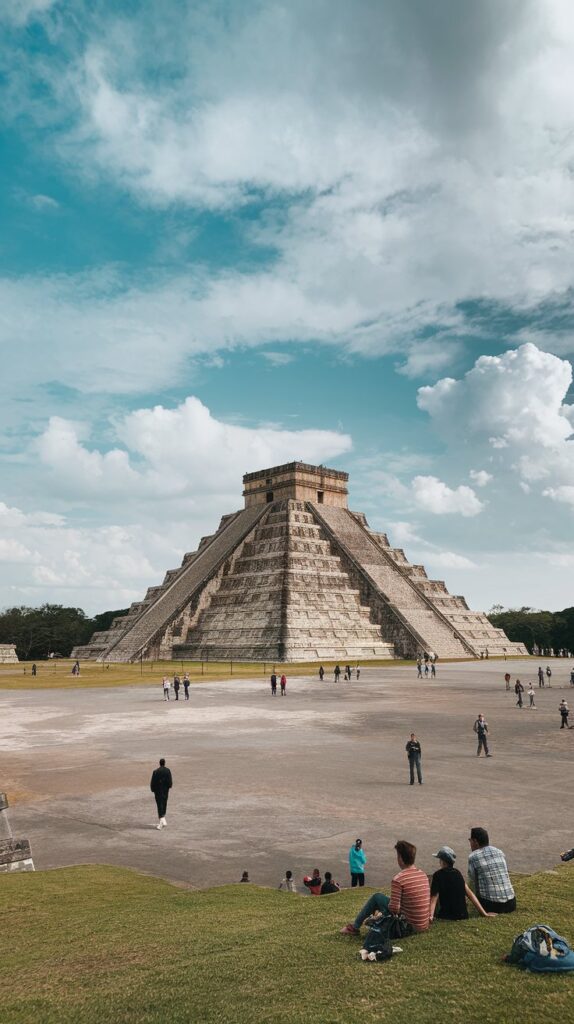
Why Visit Chichen Itza?
Situated in southeastern Mexico on the Yucatan Peninsula, Chichen Itza is a historical marvel and an unforgettable experience for travelers. Whether you’re staying in Cancun, Tulum, Merida, or Valladolid, it makes for a perfect day trip. Wanting to reach the site as early as possible to beat the crowds, I chose to visit from Valladolid, a colonial city just 40 minutes away.
Planning a trip to this world-famous archaeological site? This guide will equip you with everything you need to know, from transportation options and entrance fees to insider tips on what to see and do.
What is Chichen Itza?
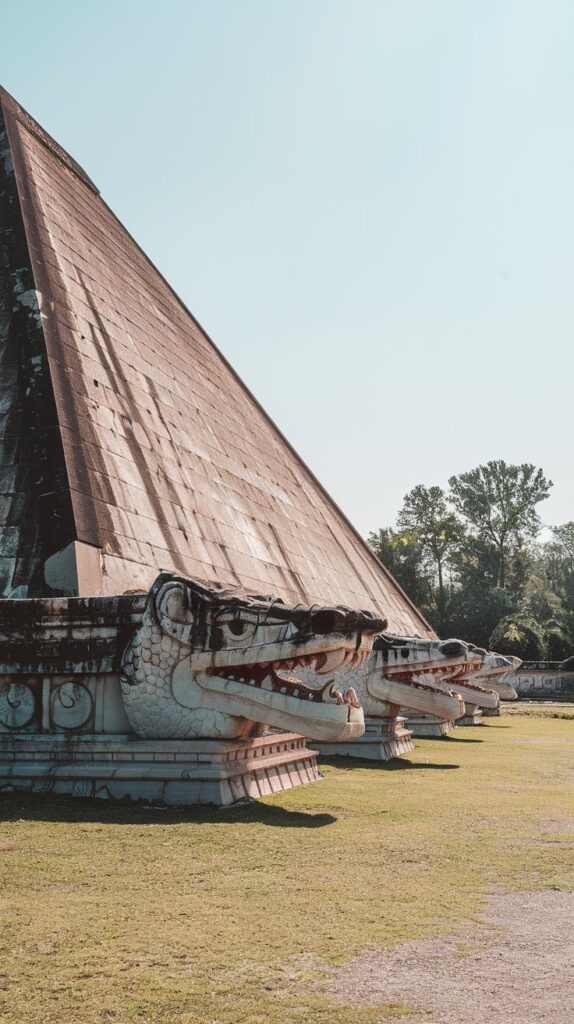
Before we dive into the details, let’s answer the big question: What exactly is Chichen Itza?
Chichen Itza, meaning “at the edge of Itza’s well”, was once a powerful Mayan city. Built between 400 and 600 AD, it flourished as a major cultural and political center until its decline around 1200 AD, after which it was abandoned. Historians believe factors like climate changes and internal conflicts may have led to its downfall.
The city is a fascinating blend of Mayan and Toltec influences, evident in the architectural styles that define its structures. The site remains a mystical and awe-inspiring glimpse into the past, drawing millions of visitors every year.
How to Get to Chichen Itza

From Cancun
As the most popular tourist hub in the region, Cancun offers multiple ways to reach Chichen Itza:
- Guided tours (includes transportation, a guide, and sometimes meals)
- Renting a car (allows for more flexibility)
- ADO bus (the most budget-friendly option, costing around 400 MXN each way; departs daily at 8:45 AM and returns at 4:00 PM)
From Valladolid
Since Valladolid is only 40 minutes away, it’s one of the best bases for visiting Chichen Itza. Transport options include:
- Guided tours
- Car rentals
- Colectivos (shared minivans) – The most affordable option, departing frequently from Calle 39 for about 80 MXN.
Entry Fees and Tickets
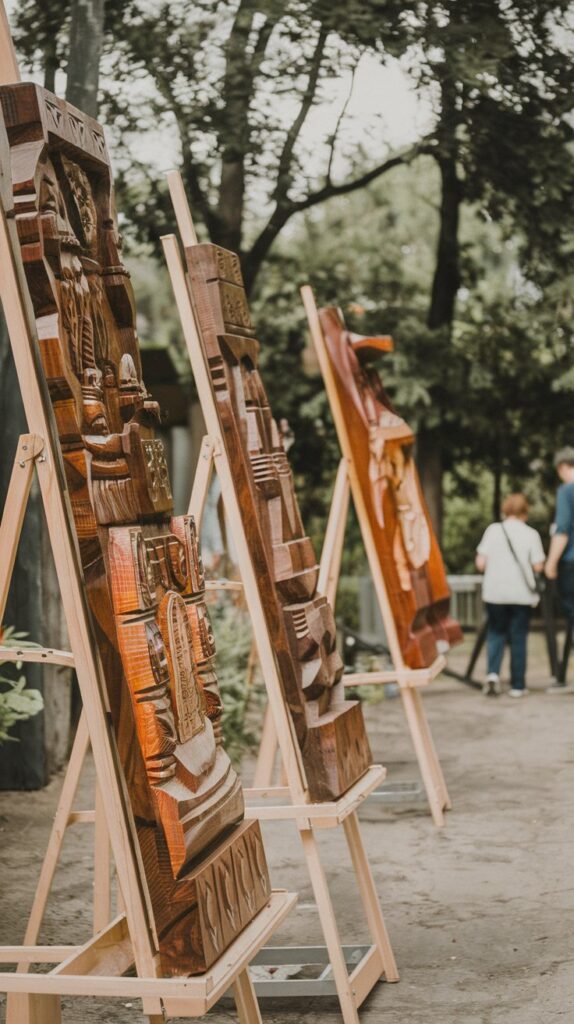
Entrance fees to Chichen Itza can sometimes cause confusion, as they frequently change and often aren’t included in guided tours.
As of my visit, the total entry fee was 604 MXN:
- 524 MXN – Local tax (charged by the Ministry of Culture of Yucatan)
- 80 MXN – Federal tax (for the Institute of History and Anthropology of Mexico)
What to See at Chichen Itza
1. Temple of Kukulkan (El Castillo)
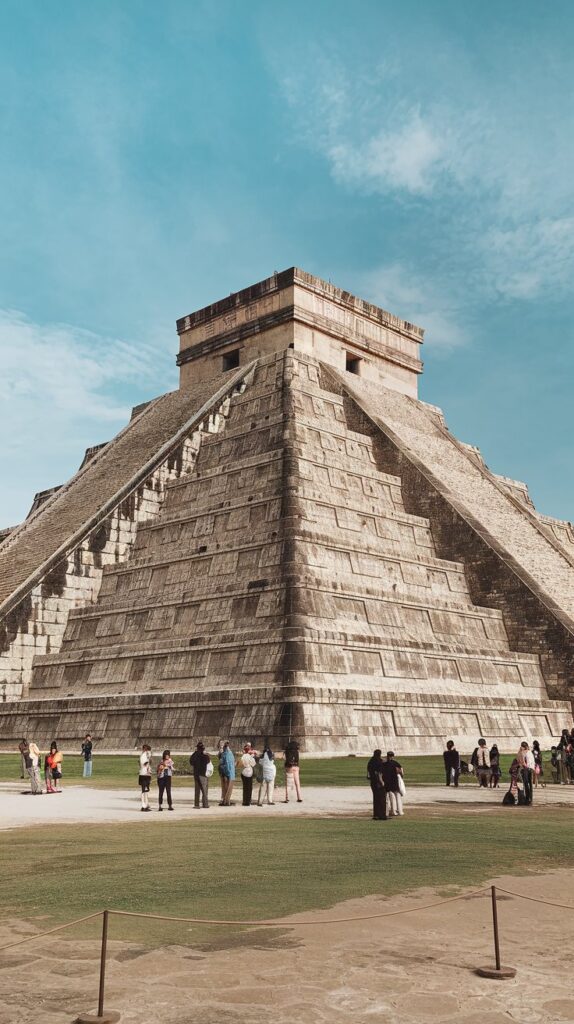
No visit to Chichen Itza is complete without standing before the majestic Temple of Kukulkan, also known as El Castillo. Towering at 24 meters high, this four-sided pyramid is one of the most recognizable landmarks in Mexico.
Each of its four staircases has 91 steps, plus one final step leading to the temple at the top—adding up to 365 steps, mirroring the days in a calendar year. The temple is believed to have played a key role in Mayan astronomy, and during the equinoxes, a shadow resembling a serpent slithers down the staircase, symbolizing the feathered serpent god, Kukulkan.
2. Temple of the Warriors and the Thousand Columns
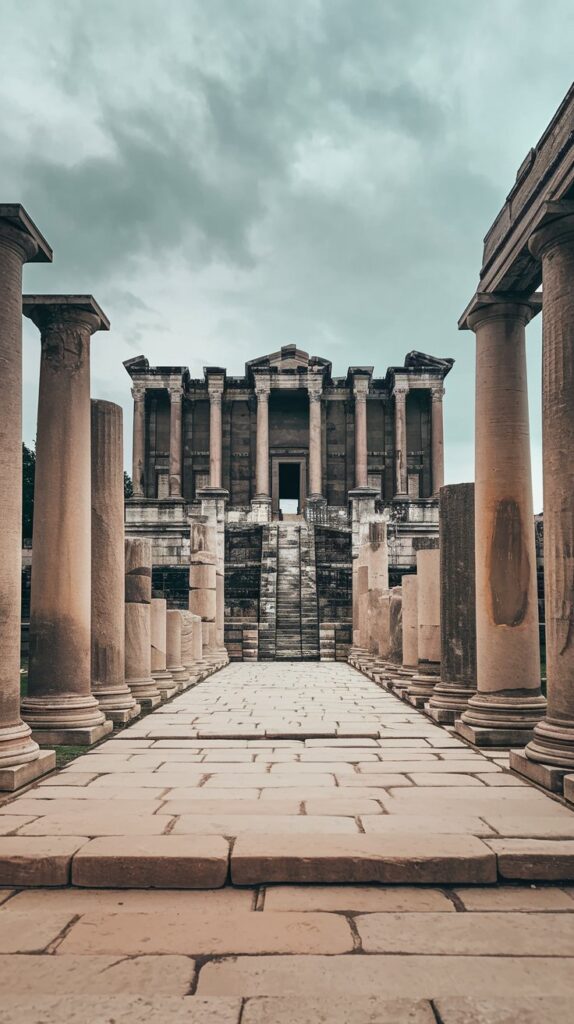
Just behind El Castillo lies the Temple of the Warriors, a striking stepped pyramid surrounded by rows of stone columns. Many of these columns are carved with warrior figures, eagles, and jaguars.
At the top of the temple, you can spot a Chaac Mool—a Mesoamerican sculpture associated with rain gods and sacrificial offerings.
3. The Tomb of the High Priest
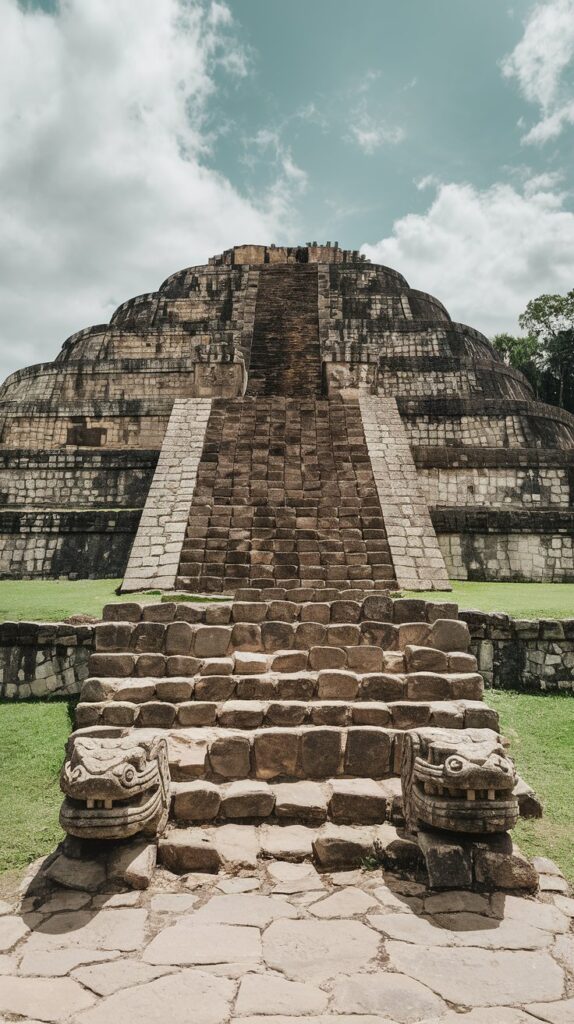
Also known as the Ossuary, this smaller pyramid-shaped structure offers a fascinating escape from the larger crowds. It was constructed over a deep cave, which the Maya may have believed to be an entrance to the underworld.
Despite its name and the bones and treasures found within, some archaeologists question whether it was actually used as a tomb. Could it have been a temple instead? The debate continues.
4. El Caracol – The Mayan Observatory
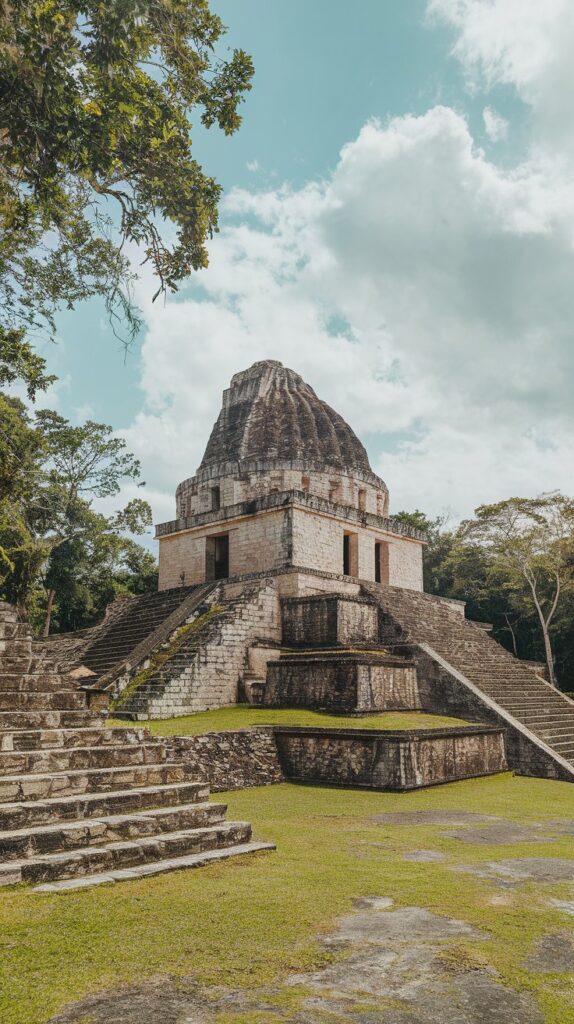
One of the most fascinating structures in Chichen Itza is El Caracol, meaning “snail” in Spanish, named after the spiral staircase inside.
This round tower, built around 906 AD, is believed to be an observatory where the Maya tracked celestial movements, especially Venus, which was critical in their religious and agricultural calendar.
5. The Great Ball Court

Chichen Itza has eight ball courts, but none compare to the Main Ball Court, the largest in Mesoamerica at 166 meters (545 feet) long and 68 meters (223 feet) wide.
Stone rings carved with intertwined serpents sit high on the walls, and panels depict players in action, including a gruesome scene of a headless player with blood spurting from his neck—suggesting that losing the game could result in sacrificial death.
6. The Temple of Skulls (Tzompantli)
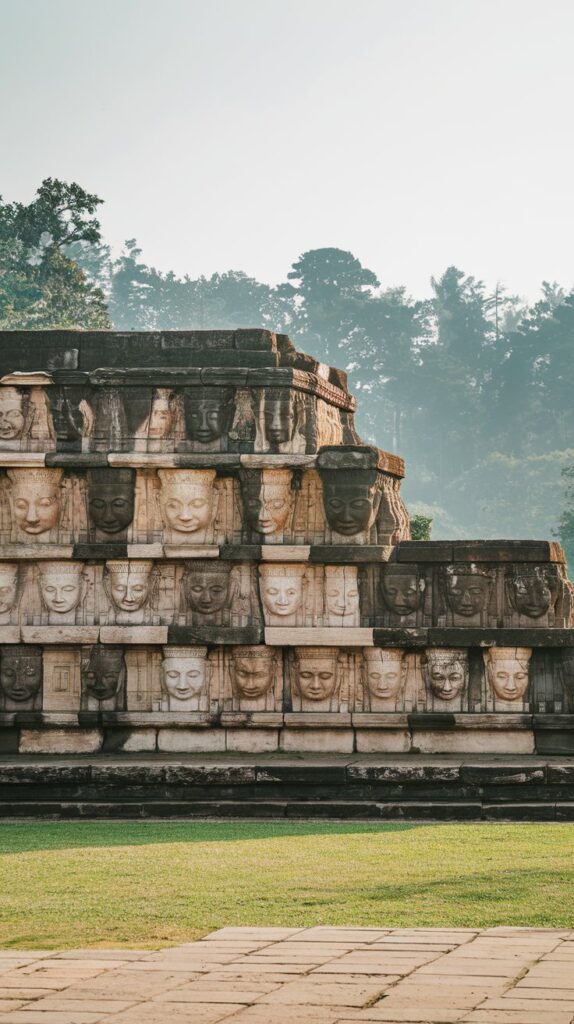
Perhaps the most chilling structure in Chichen Itza, the Temple of Skulls (Tzompantli) is a low stone platform covered in rows of carved skulls.
It’s believed this was where the severed heads of sacrificial victims were displayed, alongside the losing players from the ball game.
7. The Sacred Cenote
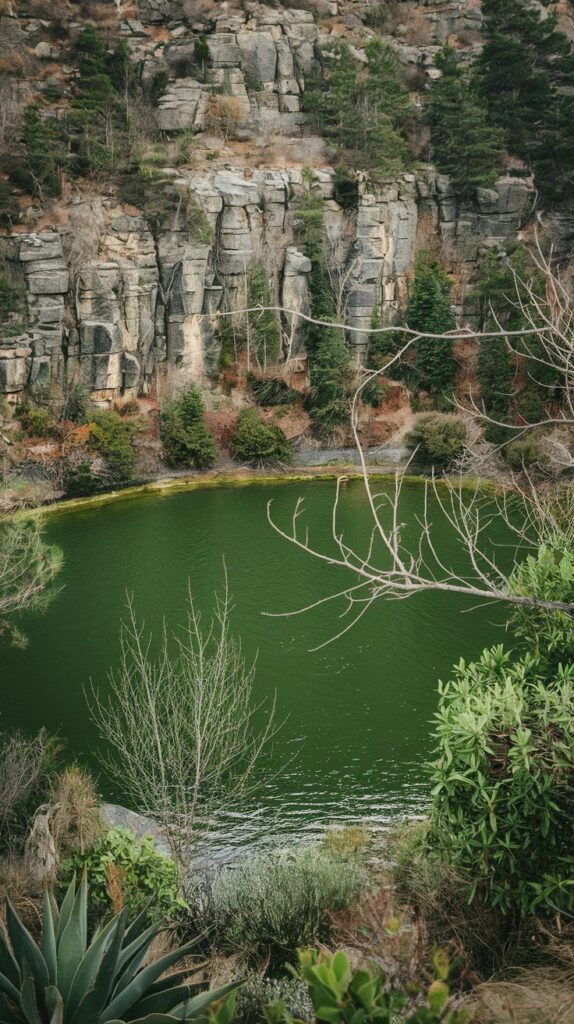
A short walk from the main complex leads to the Sacred Cenote, a massive natural sinkhole believed to have played a crucial role in Mayan ceremonies.
Over time, divers have retrieved gold, jade, pottery, incense, and even human remains from the cenote, suggesting it was a site for ritual sacrifices.
Final Thoughts: Is Chichen Itza Worth Visiting?
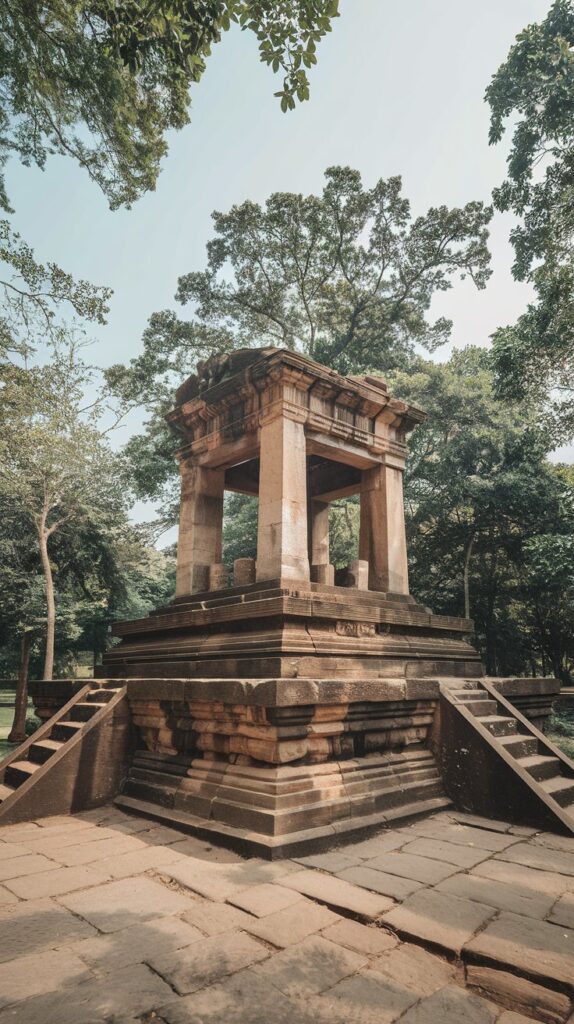
Absolutely! Chichen Itza is more than just a historical site—it’s a journey back in time, a testament to the ingenuity of the Mayan civilization, and an unforgettable experience.
While it does get crowded, arriving early or visiting during the off-season can make a huge difference. Whether you’re fascinated by history, architecture, or simply want to witness one of the great wonders of the world, Chichen Itza is an absolute must-visit when in Mexico.
So, when are you planning your trip?

